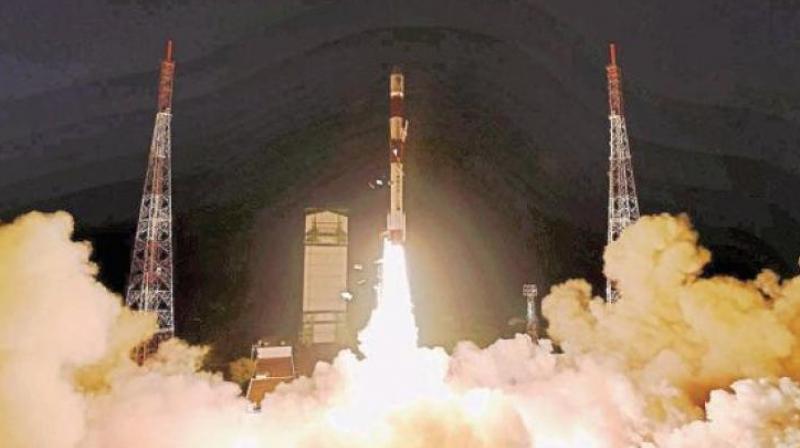India takes a giant leap to realise space dreams

India has taken a giant leap forward in its space ambitions by announcing a Rs 10,000-crore programme to put three astronauts in space in an independent manned mission by 2022. The allure of space hasn’t just been a medium for man’s restless instinct for exploration. Space missions have done wonders in producing major scientific discoveries, particularly the realisation of how fragile our planet really is, its relative peanut-sized existence in the vastness of the universe. For a country of India’s economic size, a little over $1.40 billion is small enough to spend for this purpose. There’s a far larger meaning in sending more Indians into space, not to enter a space race so much as to set off independent thinking to harnessing science for the national good. It’s worth paying this price to develop both national pride and indigenous technological capabilities.
Manned missions are fundamentally risky, though we have come a long way in the 57 years since Russia and the United States set off on the space race, with the former ahead in putting Yuri Gagarin in orbit first and the US responding with manned flights to orbit the moon and landing Neil Armstrong and Edwin Aldrin on the lunar surface in 1969. Isro has gained global status as an efficient commercial launcher of satellites in the modern era, and doing it at a fraction of the cost of its key international competitors. In Gaganyaan, it will take on the challenge of ensuring the safe return of those who will be cherry-picked by the Indian Air Force, from among whom the three luckiest ones will get to see our planet from space again — after Rakesh Sharma used the famous line “Saare Jahan se Achcha” in describing sighting India from way up there in 1984.
India will become only the fourth nation after Russia, the US and China to launch its own spacecraft while displaying mastery over rocketry and spacecraft re-entry. Exciting as the thought is, the fact to remember is that unmanned missions do more for exploring science than manned flights, including those on the shuttle to the International Space Station. Man is still light years away from colonising Mars, however much tech titans of today may nurse ambitions about furthering the cause of living in space and trying to preserve intelligent life. The far greater challenge will, of course, lie in saving the Earth from mankind’s disastrous overuse of finite resources. The philosophical comment Bill Anders makes after capturing the image of Earthrise 50 years ago — “This is the only home we have and yet we’re busy shooting at each other, threatening nuclear war and wearing suicide vests” — probably makes space exploration worth the price. Provided of course that man learns his lessons and sees the bigger picture.

